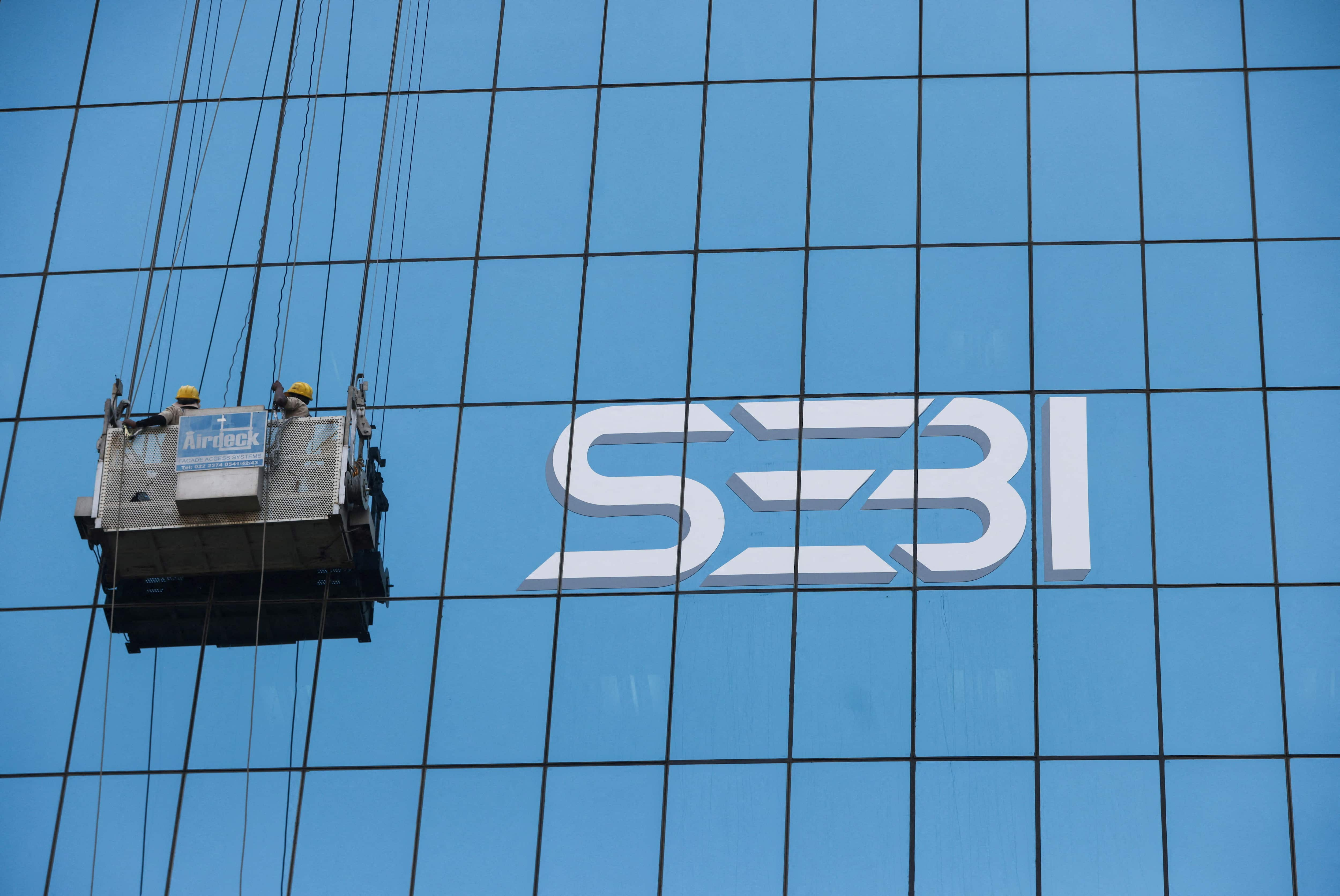Sebi proposes changes in Special Situation Funds to facilitate acquisition of stressed assets

Sebi proposes changes in Special Situation Funds to facilitate acquisition of stressed assets
In a comprehensive consultation paper, the regulatory authority has proposed a nuanced delineation of ‘special situation assets’ (SSAs) along with corresponding eligibility criteria for investors within the framework of insolvency law.
This initiative seeks to establish a robust foundation for Special Situation Funds (SSFs) by addressing key aspects such as the nature and identification of SSAs, the insolvency law framework dictating investor eligibility, limitations on investments in entities with direct connections, prescribed minimum holding periods, and regulations pertaining to subsequent transfers of loans.
The proposed definition of ‘special situation assets’ aims to encapsulate a diverse range of financial instruments or assets that exhibit unique characteristics warranting specialized treatment within the ambit of SSFs. This delineation serves as a crucial starting point for the development of a structured and effective regulatory framework.
Eligibility criteria for investors are intricately linked to insolvency laws, ensuring alignment with established legal frameworks governing financial distress. This inclusion underscores the regulator’s commitment to maintaining a balance between encouraging investor participation in SSFs and upholding the integrity of insolvency proceedings.
In addressing the intricacies of connected entities, the consultation paper introduces restrictions on investments to mitigate potential conflicts of interest and promote transparency. By imposing limitations on such transactions, the regulatory framework aims to prevent undue influence or biased decision-making, safeguarding the overall integrity of SSFs.
The stipulated minimum holding period serves as a protective measure, intending to discourage short-term speculative activities and promote a more long-term, strategic approach among investors in SSFs. This temporal constraint contributes to the overall stability and sustainability of the funds.
Furthermore, the consultation paper outlines regulations governing the subsequent transfer of loans within SSFs, ensuring that such transactions adhere to specified guidelines. This measure aims to prevent any unwarranted risks associated with the transfer of financial instruments and contributes to the overall risk management framework of SSFs.





